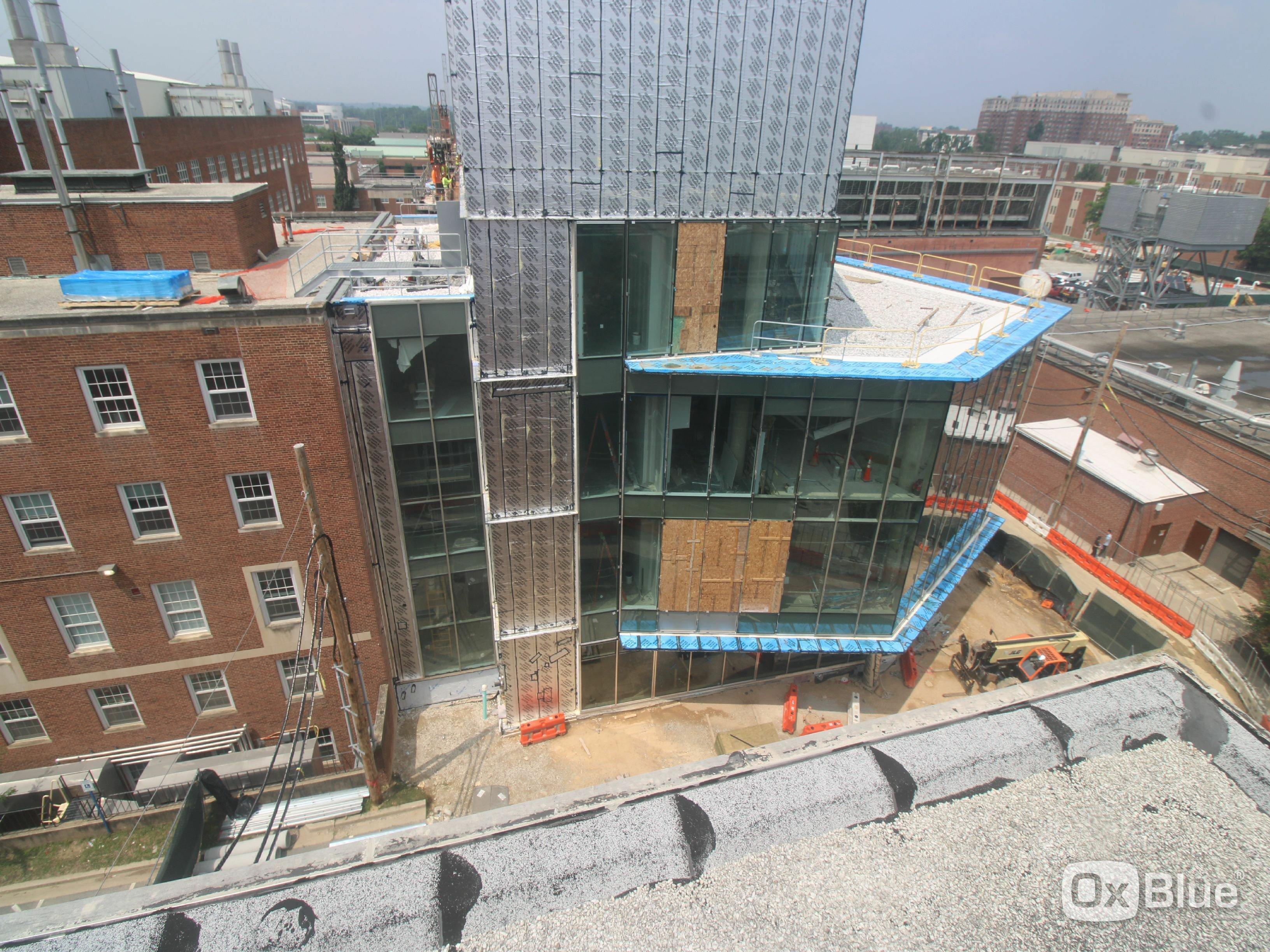Green Buildings

Facilities Management (FM) plays a defining role in the design and construction of campus buildings that meet the university’s goals for green buildings. Team members within FM’s Planning and Construction department are involved from the earliest planning stages through to monitoring the final construction elements.
FM evaluates five key areas for new construction to ensure a high level of environmental sustainability:
- Site Sustainability
- Energy
- Water Conservation
- Indoor Environmental Quality
- Materials
Throughout construction, FM’s Planning and Construction department monitors the process to ensure that standards and specifications are met as well as safety measures are adhered to.
Ultimately, the goal is for the campus community to learn, work and live in efficient and sustainable buildings with high standards of indoor environmental quality.
Site Sustainability
A building’s location can be just as important to its environmental impact as its construction methods and materials. How does it affect the surrounding environment? How does its orientation relate to the sun? How does its location relate to the existing community? These are just a few questions that are addressed in site selection for a green building.
Energy
FM’s Energy & Engineering (E&E) gets involved early in the planning stage to be sure that all new buildings meet the university’s goal of carbon neutrality. Efficient energy sources. Environmentally-friendly insulation materials. Energy-conserving lighting. These elements and many more contribute to energy efficiency in UMD’s green buildings.
Water Conservation
Water concerns in green building planning relates to both water consumption within the building and water runoff outside the building. FM’s building planners take into account plumbing fixtures that use water efficiently, landscaping for limited water use, and other outdoor tactics to limit runoff into streams and rivers. Since everything in the environment is interconnected, FM installs water bottle filling stations to reduce the use of disposable plastic bottles in the trash,
Indoor Environmental Quality
When considering indoor environmental quality, FM’s planners are not only looking at air quality, but also at proper lighting, comfortable temperatures and other factors that can affect occupant health, stress and quality of life within the building. Once again, the interconnectivity of environmental considerations can be seen in the material selections that can affect indoor environmental quality. Carpeting and other materials that emit volatile organic compounds (VOCs), for example, can have a dramatic effect on the indoor environment.
Materials
Thinking about materials goes beyond just considering what the construction materials are made of. In addition to considering renewable, recyclable, and toxin-free materials, FM’s Planning and Construction team also calculates how much carbon was used in creating the materials themselves. Finally, the disposal of construction waste is accounted for in their plans - including recycling this waste when feasible.
